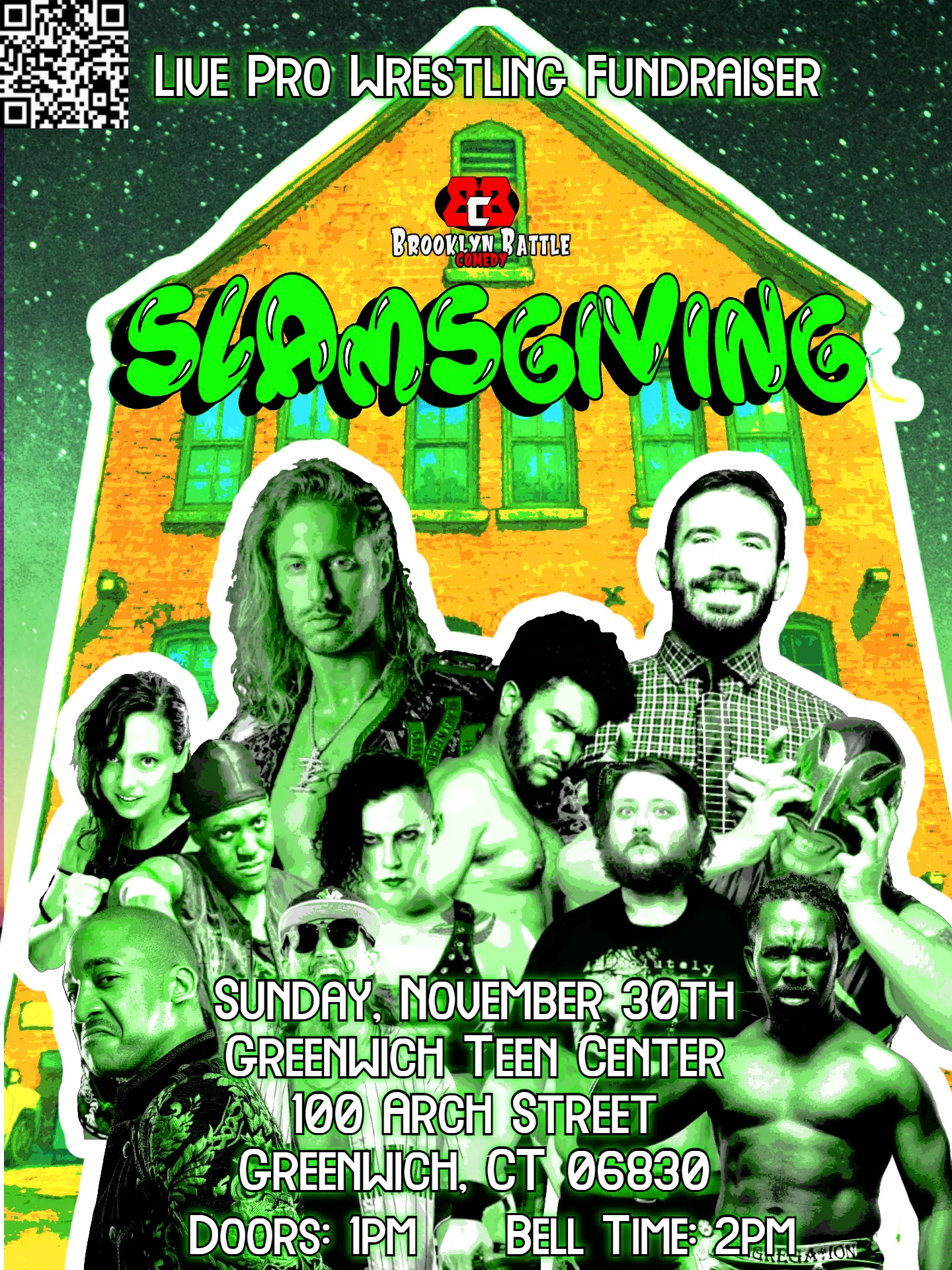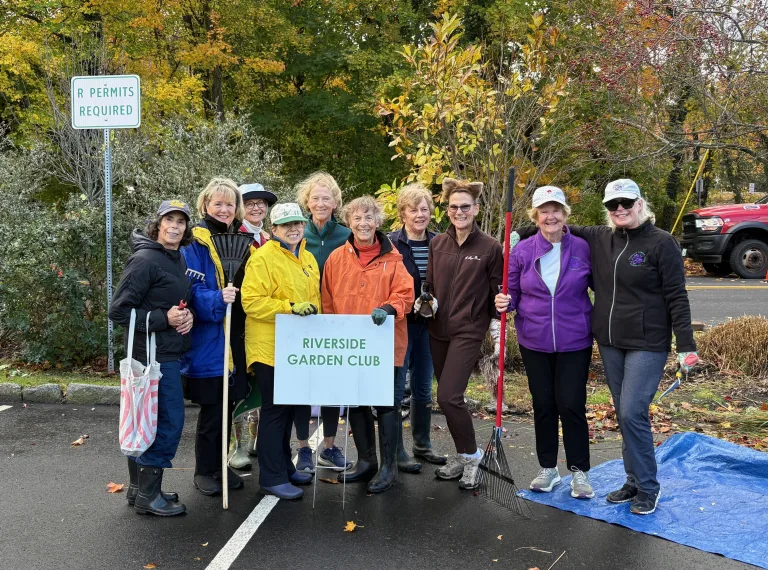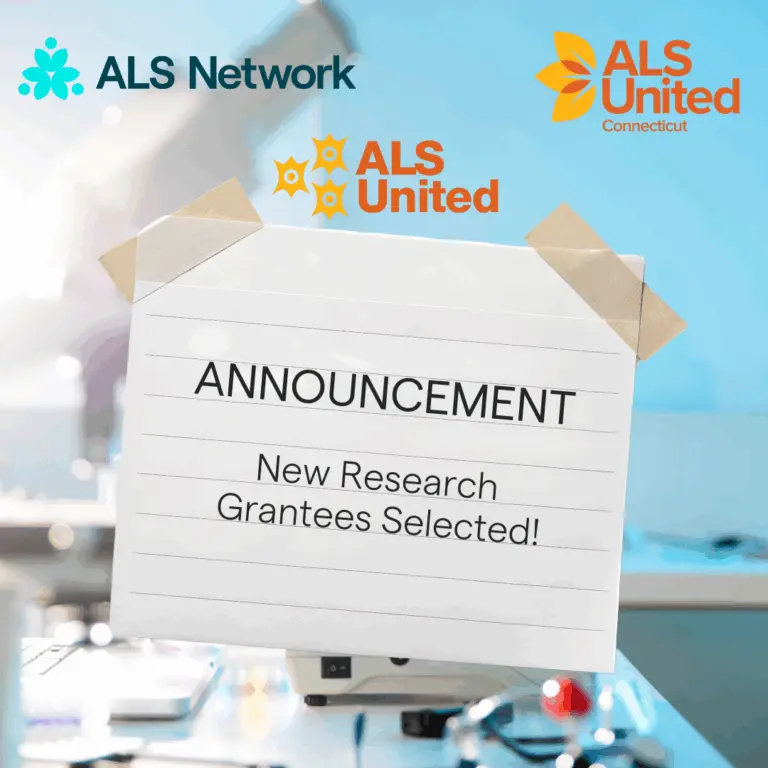“Never doubt that a small group of thoughtful, committed citizens can change the world; indeed, it’s the only thing that ever has.” — Margaret Mead
There’s something old-fashioned and quietly magnificent about the way Greenwich does things— when we do them well. When we remember who we are, when we act with quiet resolve and common sense, something beautiful happens: projects get done, buildings rise, fields are repaired, neighbors feel heard. The work has a kind of grace to it.
And when we falter? It’s usually not from lack of love or concern. No, it’s because we get tangled in the weeds. We let the details eclipse the dream. We argue the architecture of the process until the scaffolding begins to creak. It becomes, sometimes, a kind of ritualized overthinking—well-meaning people, often very smart, determined to control the outcome so finely that the outcome never arrives. It’s not sabotage, not really. It’s just a kind of civic perfectionism that forgets what the town needs most isn’t one more objection, one more memo—it’s momentum.
That’s why public-private partnerships matter so much now.
Greenwich has long had an instinct for getting things done without waiting for state mandates or federal windfalls. This is a town that acts—and acts with others. From the historic generosity of the Havemeyer family to the newly opened Eastern Greenwich Civic Center, the best of what we do is often done together. Taxpayers, whose financial ability varies widely in Greenwich, cannot and should not always foot the entire bill unless it is absolutely necessary and asking them to do so when there is both willingness and opportunity for those with more to step up is wrong.
The civic center is a telling story. For decades, the project lingered in the echo chamber of committee rooms. Ideas came and went. Meetings were held, and then more meetings were scheduled. And then one day, something shifted. The Cohen Foundation, stepped forward—with the quiet conviction that it was time to build. “Just build it,” they said. And together we did.
That was the key: private resolve met public readiness. And that’s how things could happen more often in Greenwich. Not through shouting, but through shared purpose. We happen to have a First Selectman with outstanding acumen in putting these partnerships together. We should let him work.
It’s a model we’ve used before, and we must use again. There are fields that need work. A rink that needs replacing. The Havemeyer Building—steeped in history, aching for vision. All of them are candidates not just for planning but for partnership. And not every partnership involves a single benefactor writing a check. Sometimes it’s user groups, willing to carry a share of the cost. Sometimes it’s residents offering skills, or businesses donating materials. Sometimes it’s as simple as someone asking, “How can I help?”
That question—how can I help?—is where public-private partnerships begin. The answer is found in town departments that are open to collaboration, and in a Board of Estimate and Taxation that now routinely asks: is there a partner here? Is there a way to lighten the public burden while still meeting public need?
And yes, we should vet these partnerships. Yes, we should ask the right questions. But we should also be able to say yes—and say it with confidence. Because when we say yes to collaboration, we say yes to progress. We move past the stalemates and into the work.
This is how Greenwich keeps its promise—not just to be a place of beauty and tradition, but of thoughtful action. Public-private partnerships are not just a tool. They are a reflection of who we are: practical, generous, rooted in community.
So let’s keep reaching out. Let’s keep building together. Let’s keep saying yes—clearly, wisely, and with the quiet strength that makes Greenwich, still, a town that leads.




